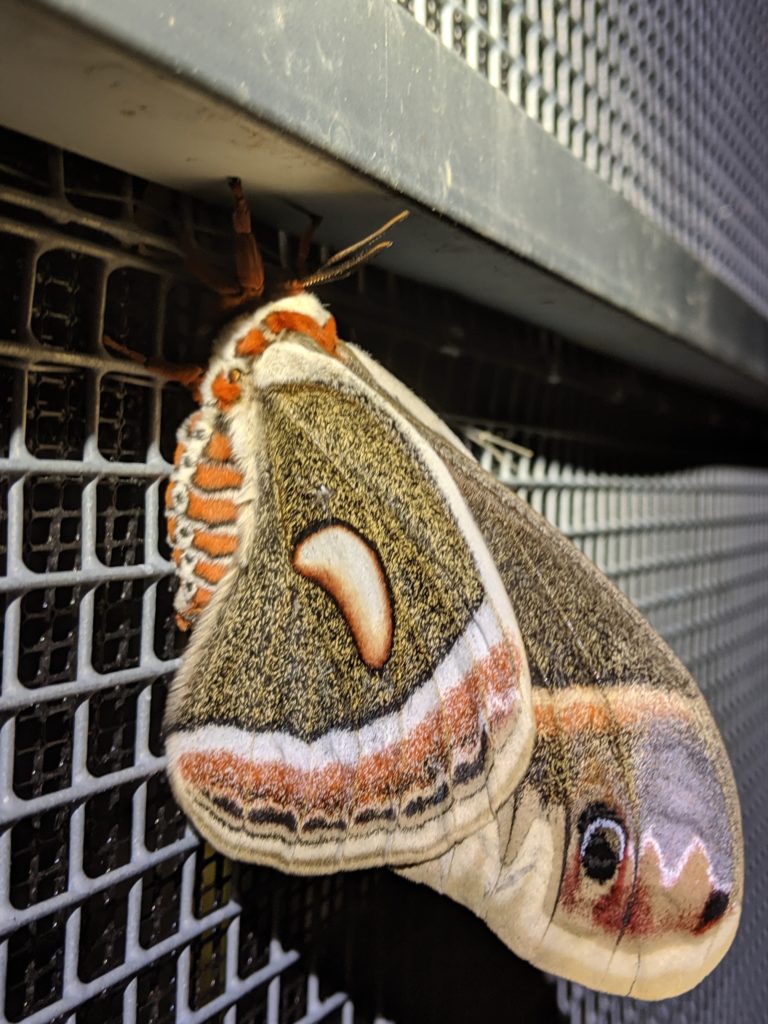
Hi everyone! I hope you all had a good week!
I found a very interesting article about bat prey, specifically different species of deaf moths, to write about this week. As bats use echolocation to find their prey, it is imperative to their foods’ survival that they hear the bats coming. This way they can seek shelter until the bat leaves. But deaf moth species are surviving despite their inability to hear a bat coming. In order to understand how that is possible, researchers at the University of Bristol studied four different species of deaf moths. Using scanning electron microscopy, researchers were able to look at how the moths has evolved to evade capture and death. The researchers discovered that the scales on the thorax of these moths were different than the scales of hearing moths. Deaf moths’ scales have insulating properties that can absorb as much as 85% of incoming bat echolocation sounds. This makes it harder for the bats to find them. In fact, their ability to absorb sounds means that the distance at which a bat can detect the moth is reduced by almost 25%.
If you’d like to read more about this study, you can find the article here and here.
